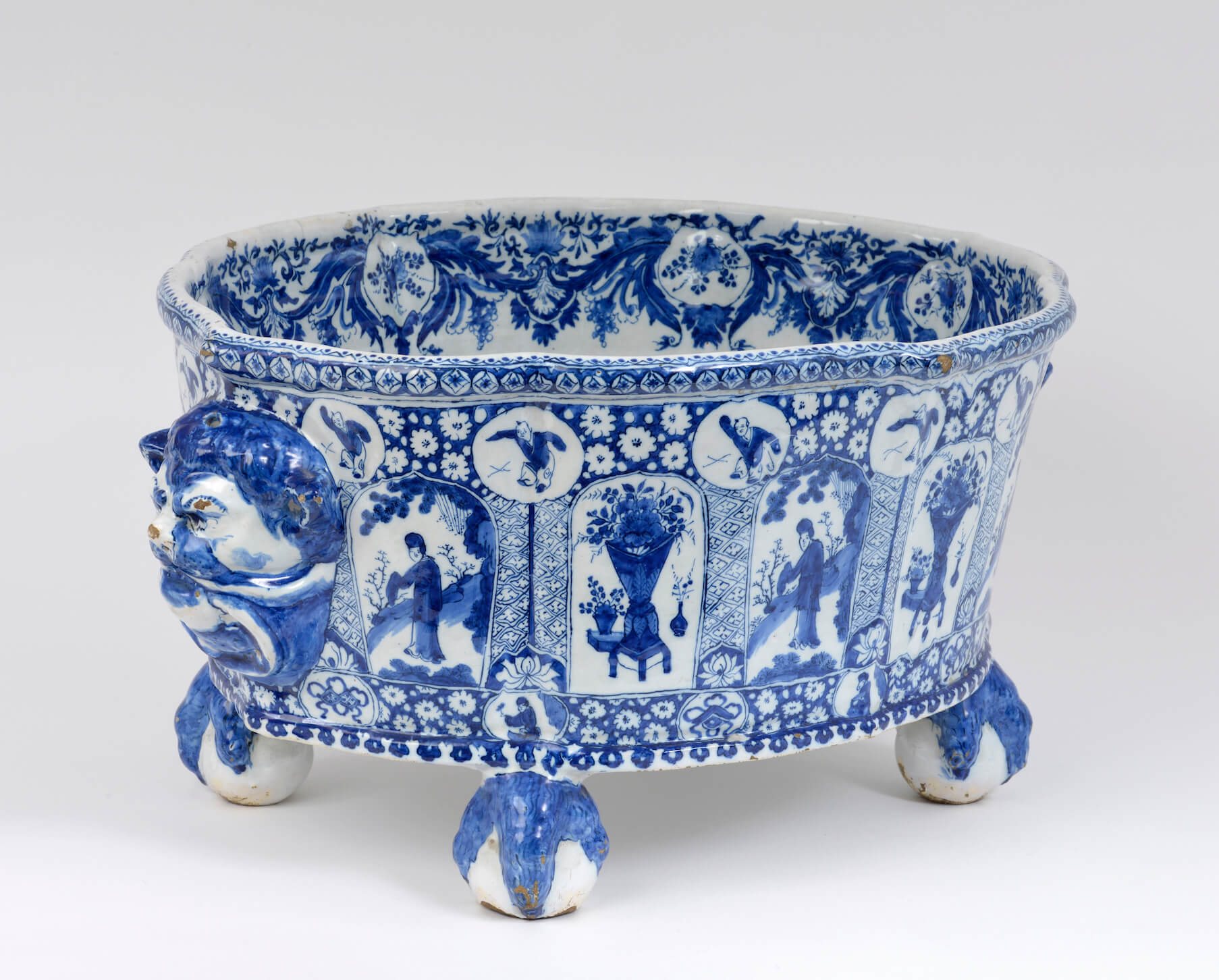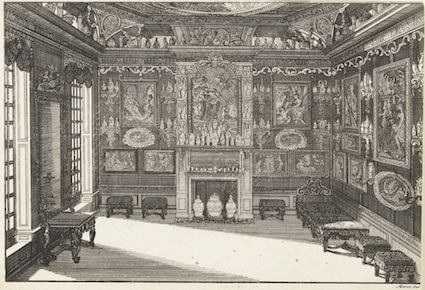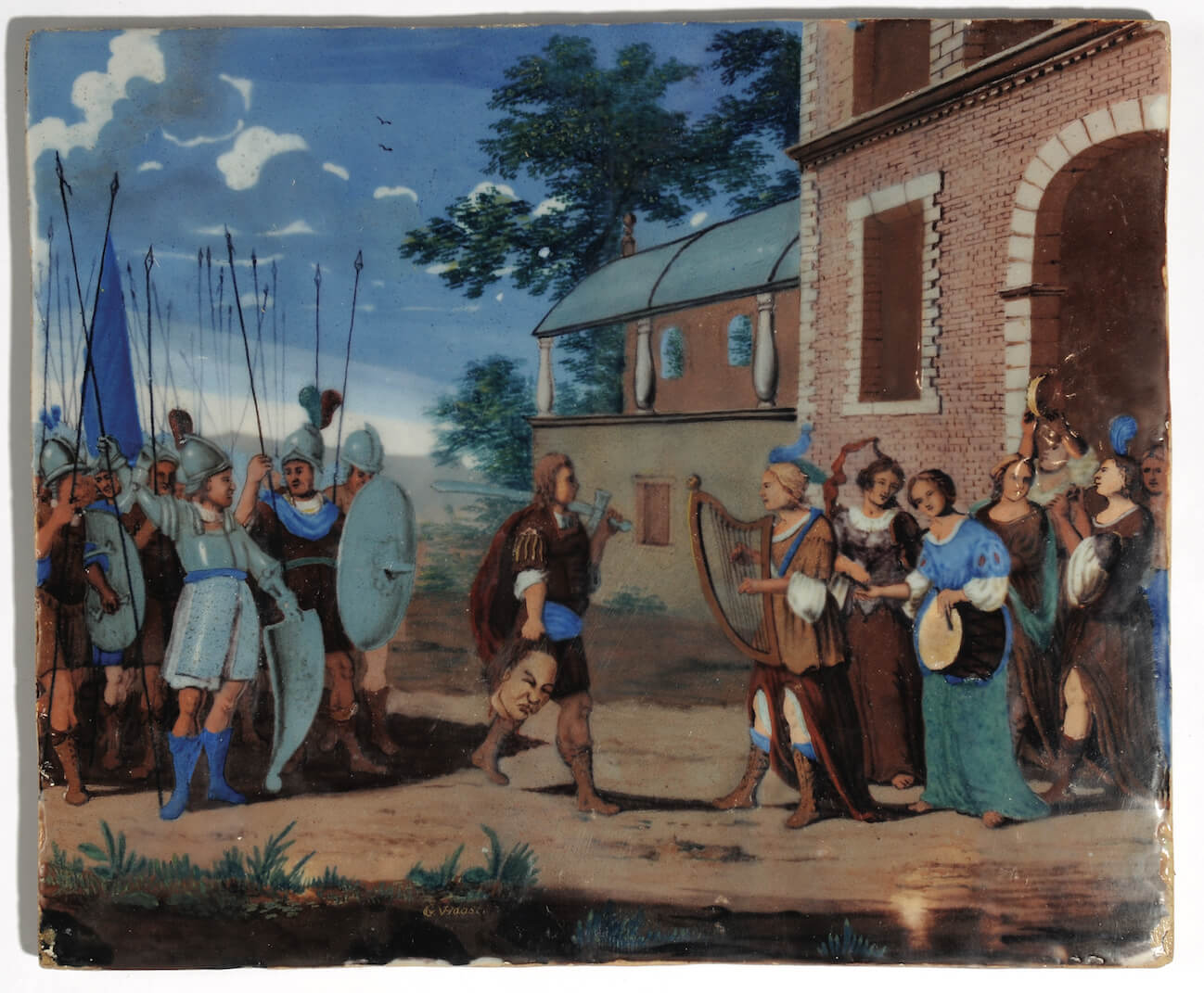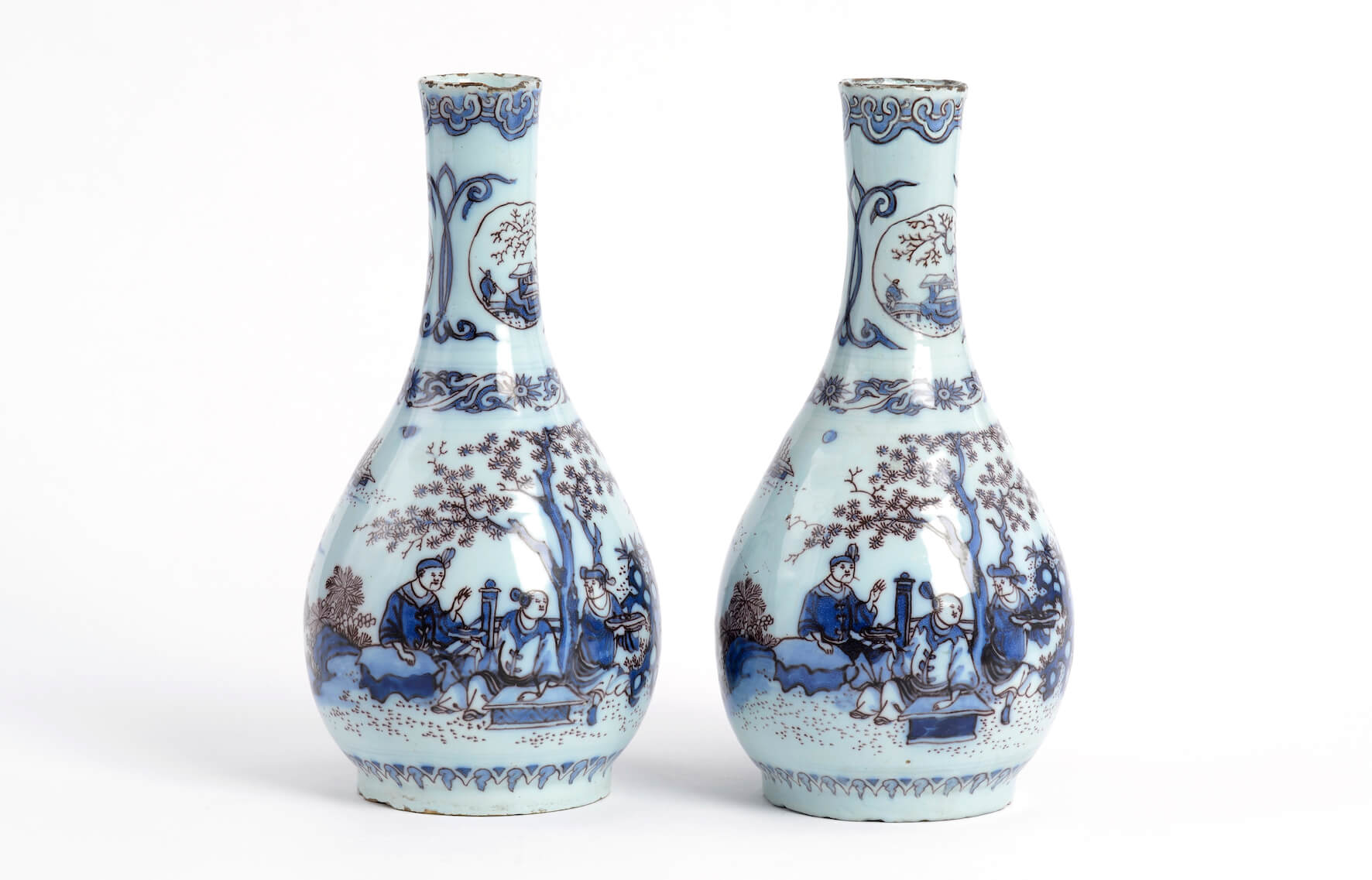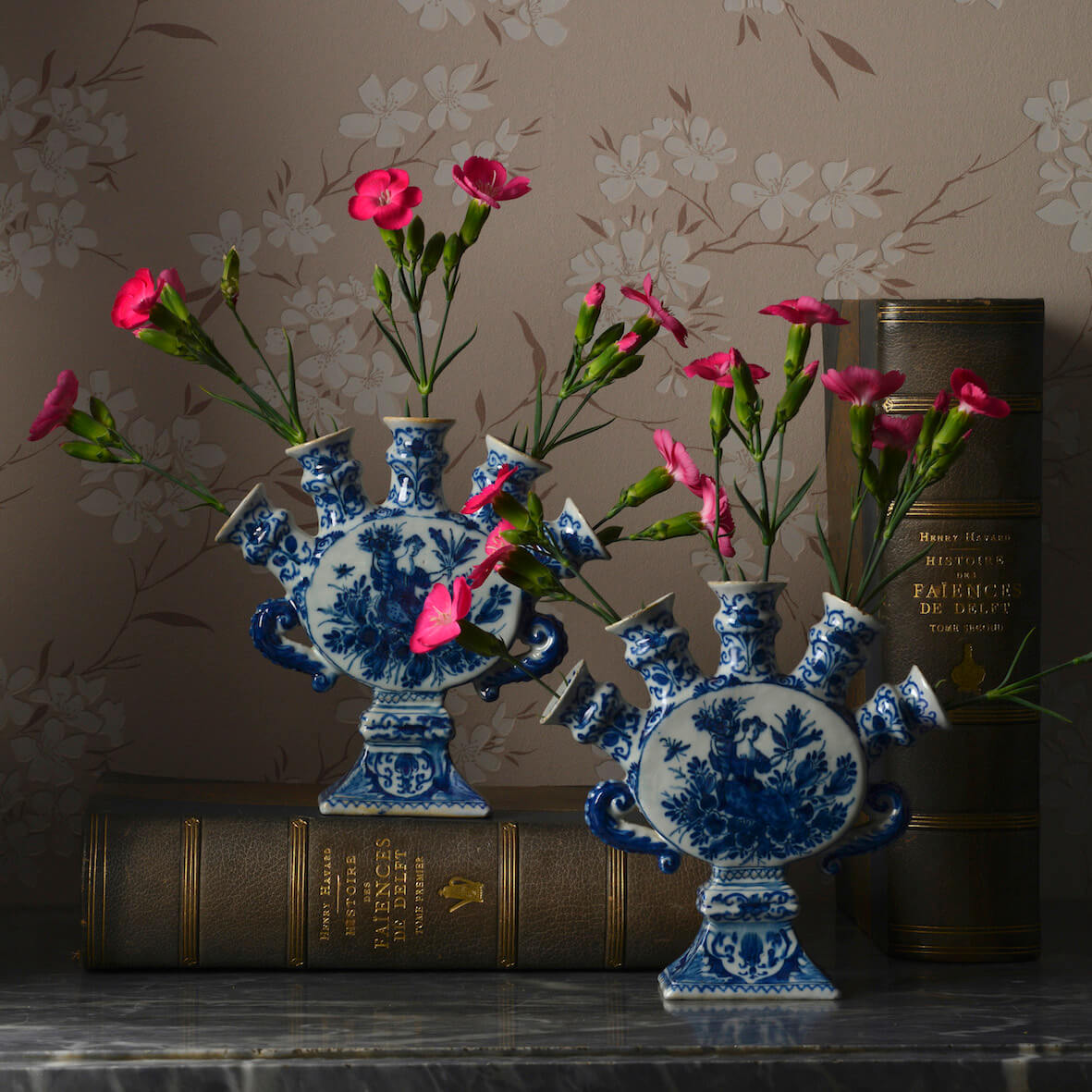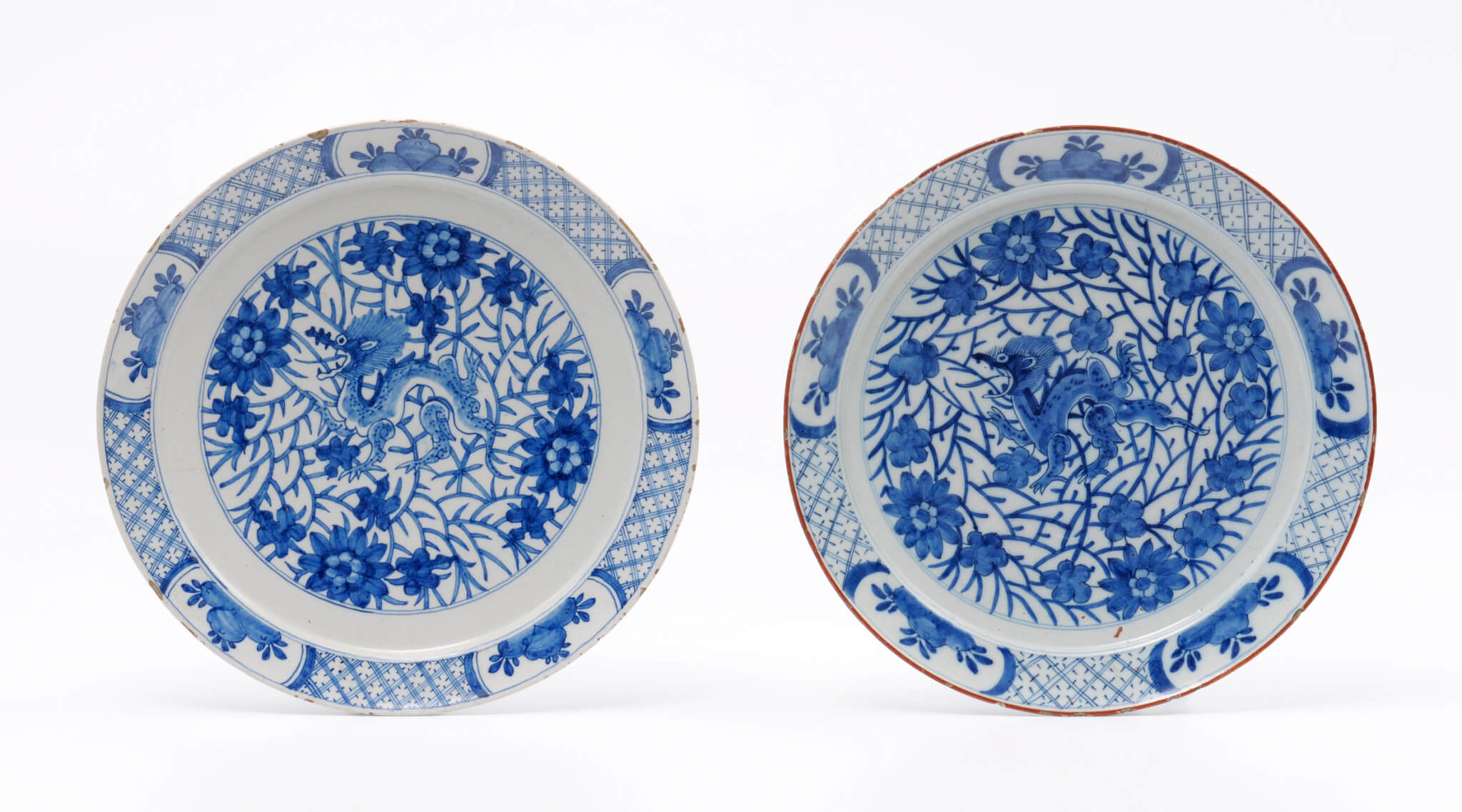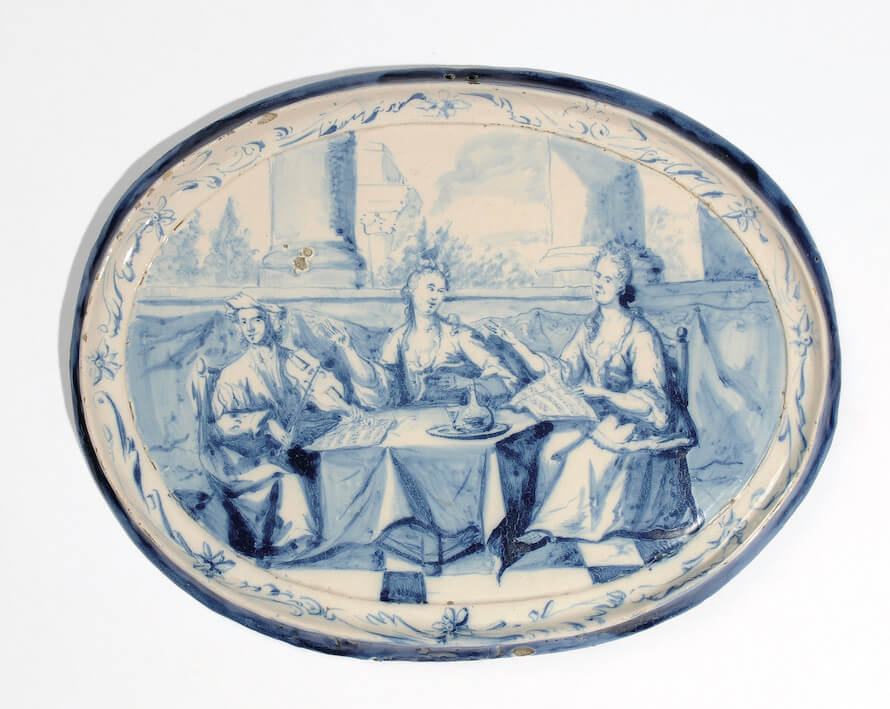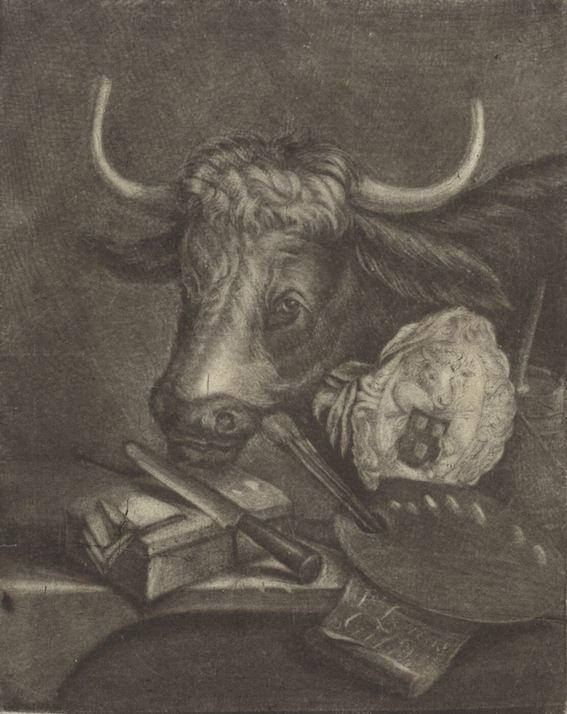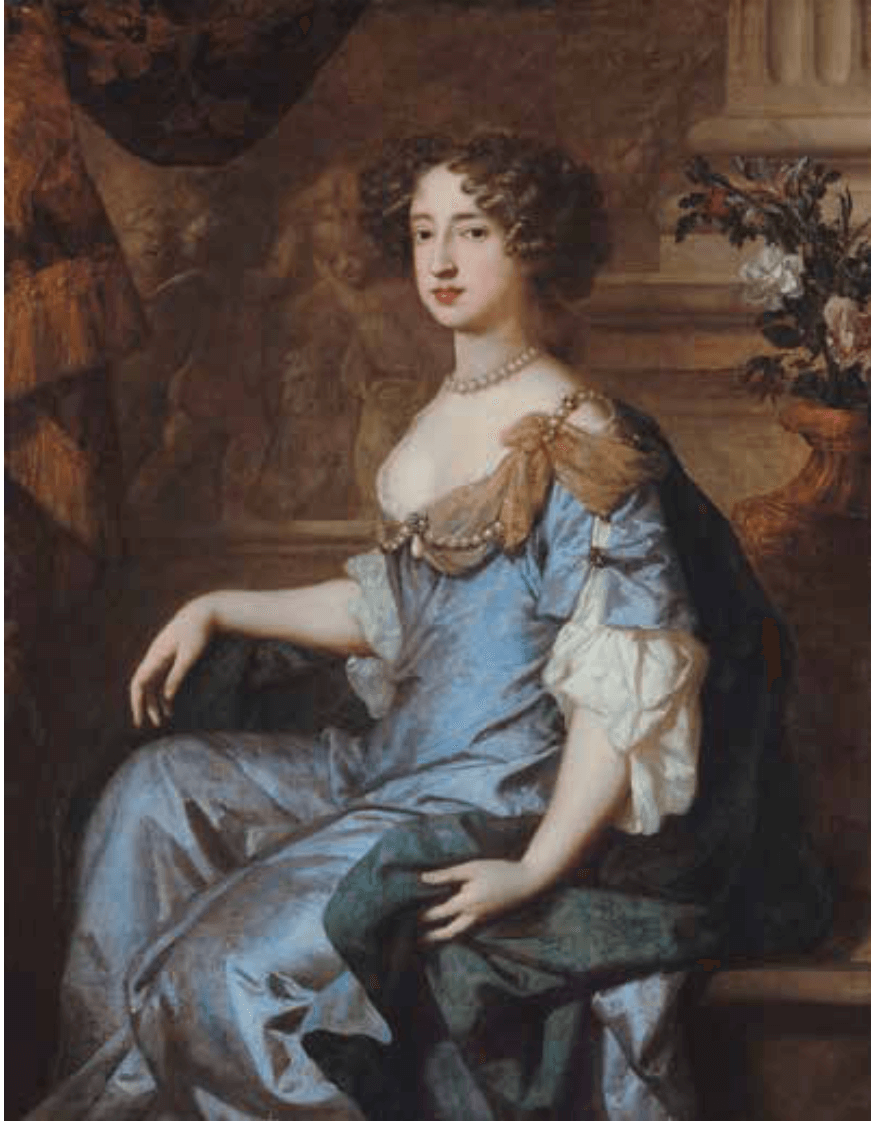Dining Traditions
During the seventeenth and eighteenth centuries fine dining was an exceedingly important social ritual, and the accompanying accessories were reflective of the owner’s status. The well-laid table was the culmination of splendor. However, dining traditions changed during these centuries and the Delft potters quickly accommodated the new tastes of the nobility and the wealthy bourgeoisie…

